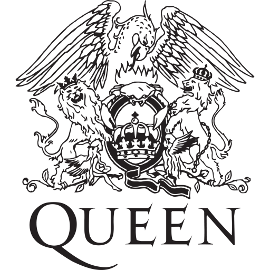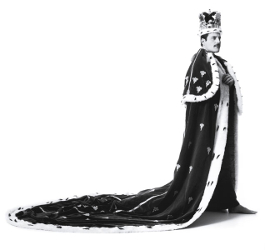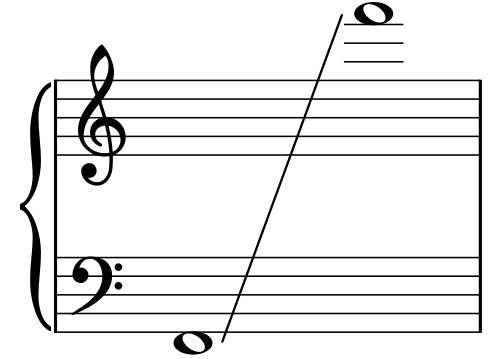FREDDIE MERCURY
Shooting star leaping through the sky
1946 – 1991

Genius creator
Mercury wrote 10 of the 17 songs on Queen's Greatest Hits album: "Bohemian Rhapsody", "Seven Seas of Rhye", "Killer Queen", "Somebody to Love", "Good Old-Fashioned Lover Boy", "We Are the Champions", "Bicycle Race", "Don't Stop Me Now", "Crazy Little Thing Called Love" and "Play the Game". The most notable aspect of his songwriting involved the wide range of genres that he used, which included, among other styles, rockabilly, progressive rock, heavy metal, gospel and disco. Compared to many popular songwriters, Mercury also tended to write musically complex material.
"I hate doing the same thing again and again and again. I like to see what's happening now in music, film and theatre and incorporate all of those things."
Mercury designed Queen's logo, called the Queen crest, shortly before the release of the band's first album. The logo combines the zodiac signs of all four members: two lions for Leo (Deacon and Taylor), a crab for Cancer (May), and two fairies for Virgo (Mercury). The lions embrace a stylised letter Q, the crab rests atop the letter with flames rising directly above it, and the fairies are each sheltering below a lion. There is also a crown inside the Q and the whole logo is over-shadowed by an enormous phoenix. The whole symbol bears a passing resemblance to the Royal coat of arms of the United Kingdom, particularly with the lion supporters.

King of the stage
A writer for The Spectator described him as "a performer out to tease, shock and ultimately charm his audience with various extravagant versions of himself."
Mercury was noted for his live performances, which were often delivered to stadium audiences around the world. He displayed a highly theatrical style that often evoked a great deal of participation from the crowd. One of Mercury's most notable performances with Queen took place at Live Aid in 1985, during which the entire stadium audience of 72,000 people clapped, sang and swayed in unison. Queen's performance at the event has since been voted by a group of music executives as the greatest live performance in the history of rock music. The results were aired on a television program called "The World's Greatest Gigs".

Great singer
Mercury's speaking voice naturally fell in the baritone range, he delivered most songs in the tenor range. Although he became known for his four-octave vocal range extended from bass low F (F2) to soprano high F (F6). He could belt up to tenor high F (F5).
"His technique was astonishing. No problem of tempo, he sang with an incisive sense of rhythm, his vocal placement was very good and he was able to glide effortlessly from a register to another. He also had a great musicality. His phrasing was subtle, delicate and sweet or energetic and slamming. He was able to find the right colouring or expressive nuance for each word."